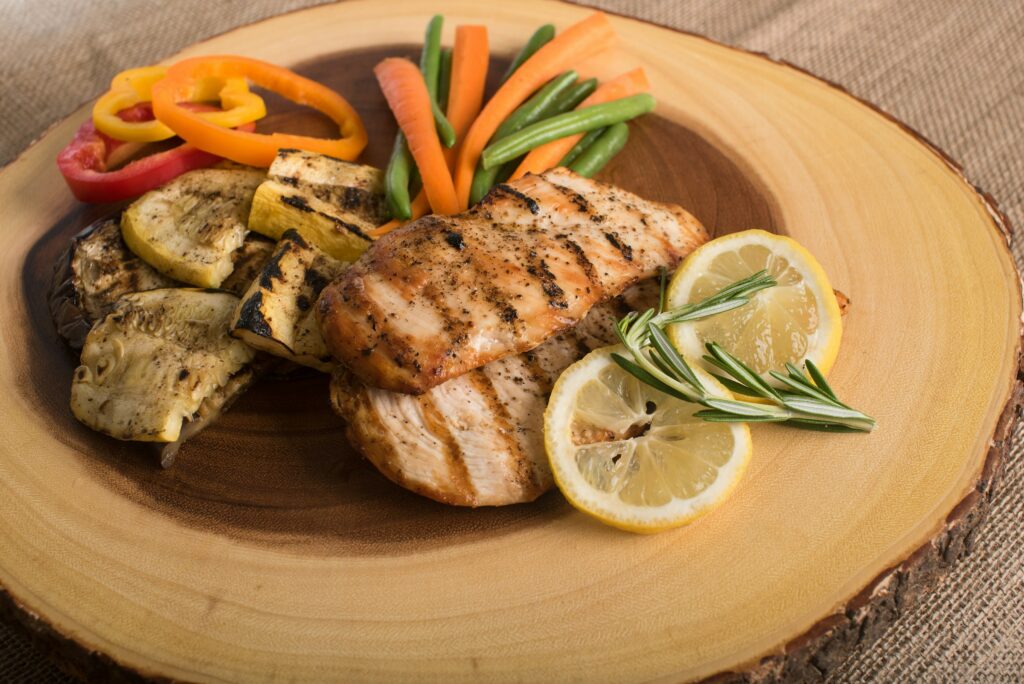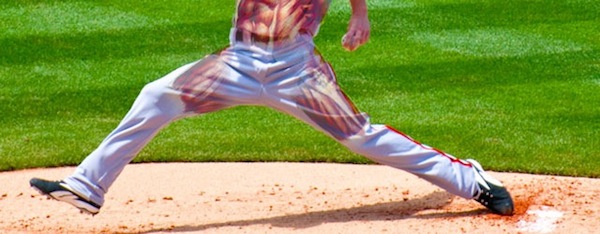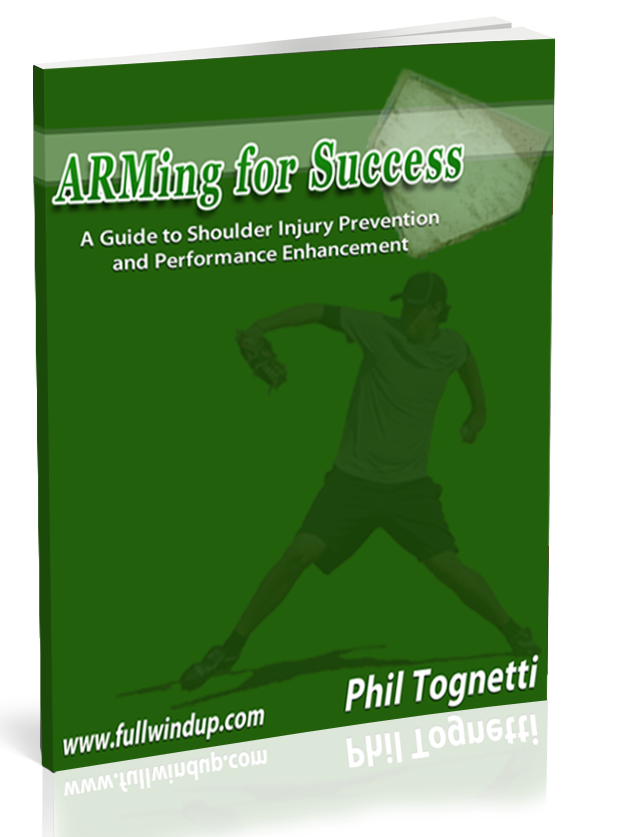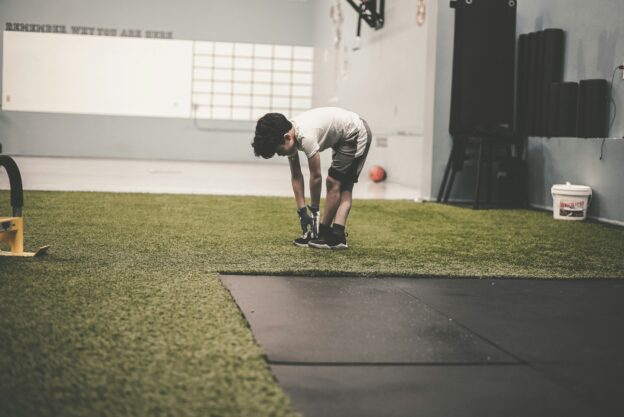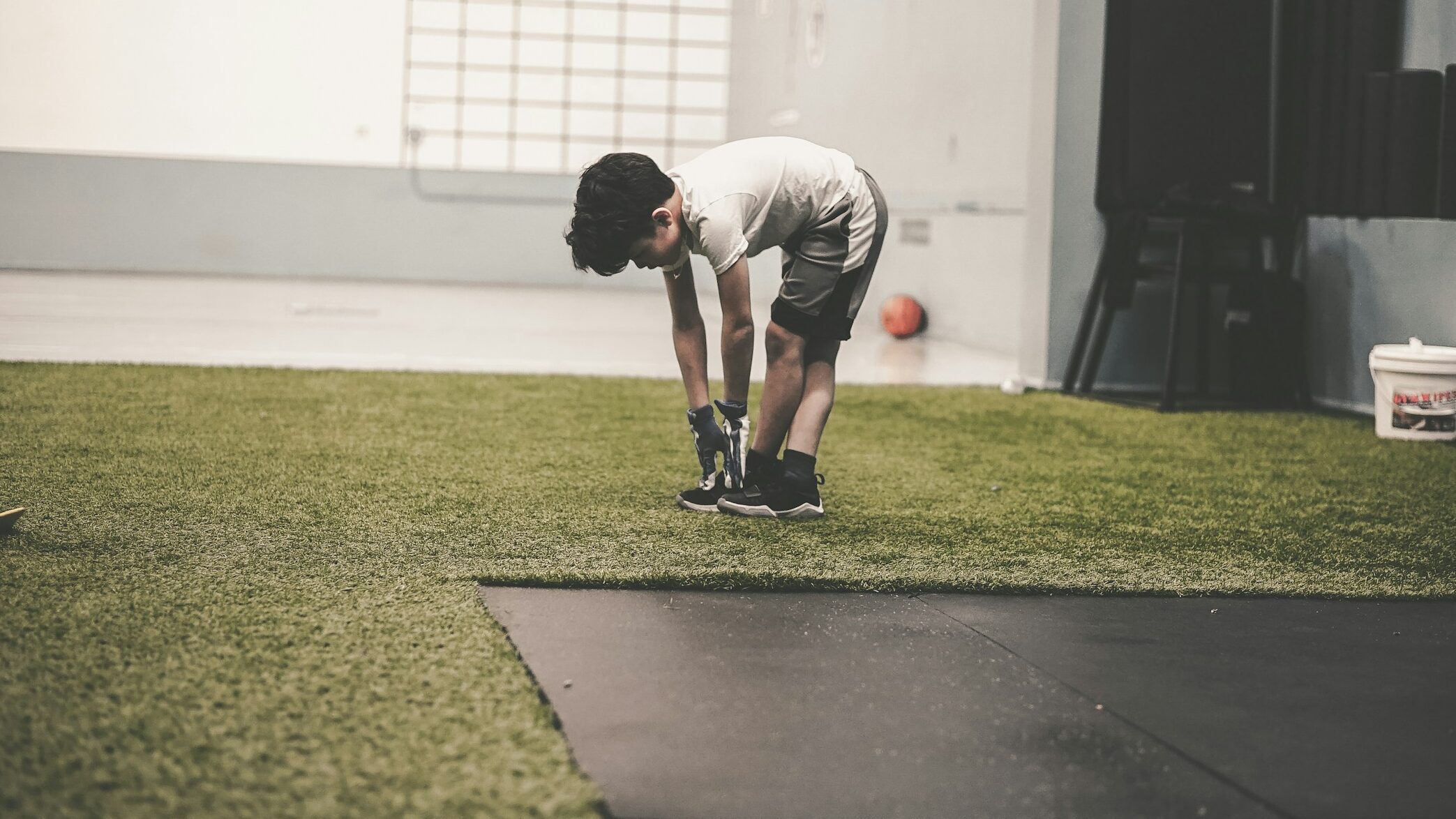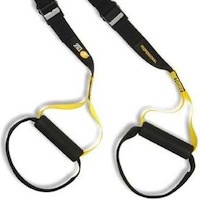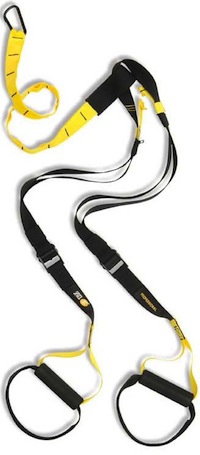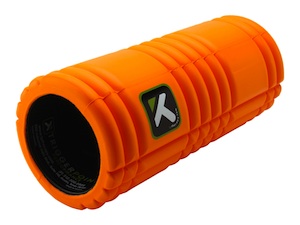When it comes to baseball, much of the focus is on skill, agility, and strategy, but a key element often overlooked is nutrition. What a baseball player eats directly impacts his energy levels, performance on the field, and recovery after games and practices. Whether you’re stepping up to the plate or taking your spot on the mound, having the right fuel in your body can make a difference in your game.
To perform at their peak, baseball players need to maintain a well-rounded diet that promotes sustained energy, muscle repair, and overall health. Here are three essential components that should be part of every baseball player’s diet.
1. Lean Protein for Muscle Repair and Growth
Protein is the building block of muscle, making it a critical part of any athlete’s diet. After training sessions, workouts, or games, muscles need to repair and grow, and this process requires an adequate intake of protein. For baseball players, who often need explosive power and endurance throughout a long season, getting enough protein ensures they can recover quickly and stay strong.
Ideal sources of lean protein include:
- Chicken and turkey: These are classic protein sources that provide essential amino acids while remaining low in fat.
- Fish: Fatty fish like salmon and tuna are high in protein and omega-3 fatty acids, which help reduce inflammation in the body.
- Eggs: One of the most versatile and complete protein sources, eggs provide high-quality protein and important nutrients like vitamin B12.
- Low-fat dairy: Greek yogurt, cottage cheese, and milk offer both protein and calcium, which is essential for strong bones.
- Plant-based proteins: For players who prefer a plant-based diet, options like beans, lentils, and tofu provide substantial amounts of protein without animal products.
Incorporating these protein sources helps ensure muscles recover efficiently and remain primed for peak performance during games.
2. Complex Carbohydrates for Sustained Energy
Carbohydrates are the body’s primary energy source, and for athletes, they are especially important. Baseball players need sustained energy to get through practices and games, which can last for hours. Complex carbohydrates provide a steady release of energy, preventing the energy crashes that come with refined sugars or simple carbs.
Top sources of complex carbohydrates include:
- Whole grains: Foods like brown rice, quinoa, oats, and whole-wheat bread are packed with fiber, vitamins, and minerals.
- Sweet potatoes: Rich in fiber, vitamins, and complex carbs, sweet potatoes are a favorite among athletes.
- Fruits and vegetables: In addition to providing energy, fruits like bananas and berries are packed with antioxidants, while vegetables like spinach and broccoli provide fiber and essential micronutrients.
By focusing on complex carbohydrates, baseball players ensure they have the energy they need to focus and perform throughout long training sessions or games.
3. Healthy Fats for Long-Lasting Energy and Inflammation Reduction
Healthy fats are often overlooked in an athlete’s diet, but they play a critical role in energy production, joint health, and recovery. Omega-3 fatty acids, in particular, help reduce inflammation, which is important for baseball players dealing with the repetitive motions and potential injuries associated with the sport.
Sources of healthy fats include:
- Avocados: Full of monounsaturated fats, avocados provide long-lasting energy and help the body absorb key vitamins.
- Nuts and seeds: Almonds, chia seeds, and flaxseeds are packed with healthy fats and other nutrients like magnesium and protein.
- Olive oil: A staple of the Mediterranean diet, olive oil is high in monounsaturated fats and antioxidants.
- Fatty fish: In addition to being a great source of protein, fish like salmon and mackerel are rich in omega-3 fatty acids.
Incorporating healthy fats into their diet allows players to maintain energy and support joint and muscle health throughout the season.
Balanced Nutrition = Peak Performance
A balanced diet filled with lean protein, complex carbohydrates, and healthy fats is key to a baseball player’s success. By fueling your body with the right nutrients, you can maintain peak performance, recover faster, and stay healthier throughout the long, demanding season. With proper nutrition, a good diet doesn’t just keep you on the baseball field—it helps you thrive there.


